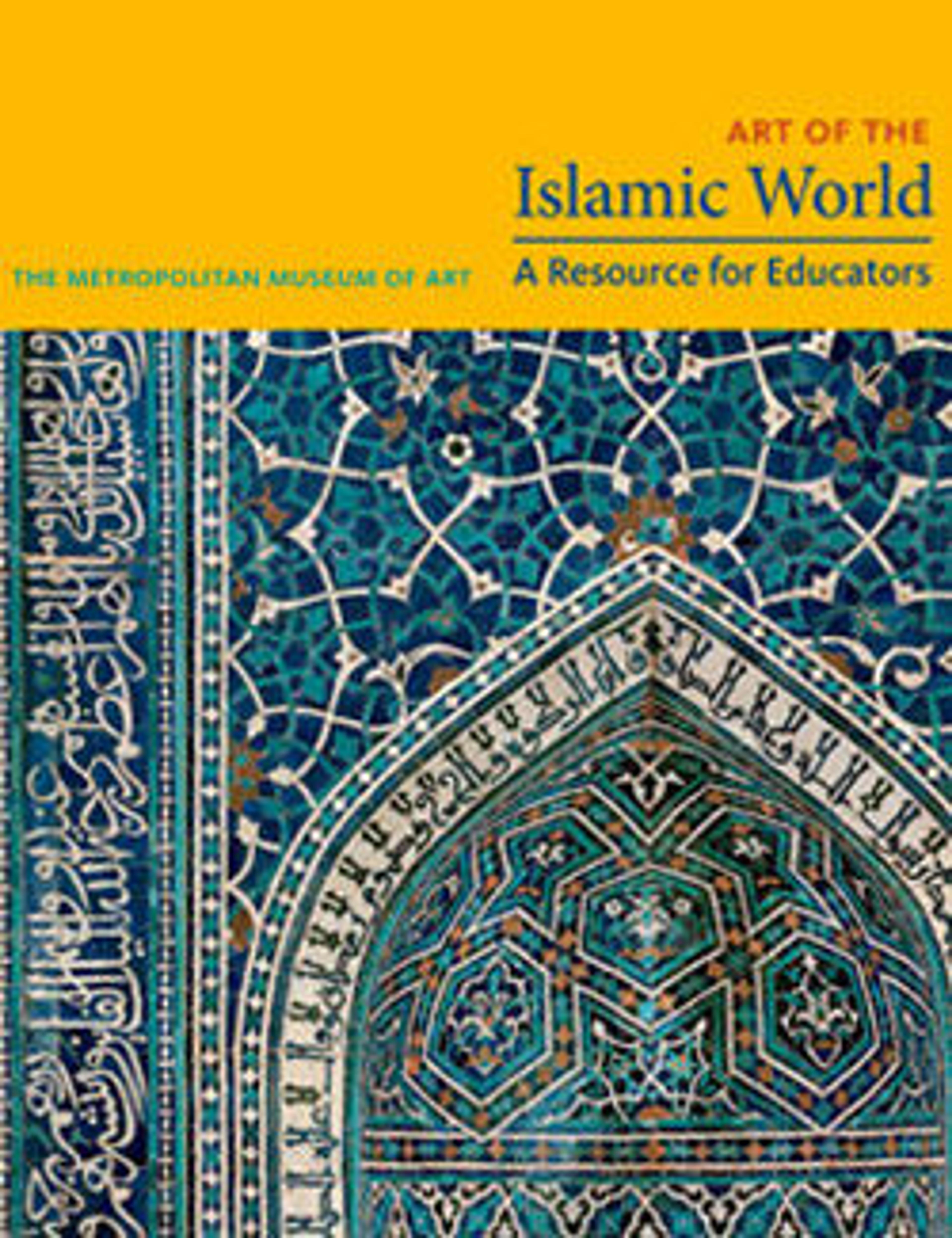Rectangular Textile Fragment
Bursa, a mountainside city in northwest Anatolia about 60 kilometers from Istanbul, was from the mid-fifteenth to the seventeenth centuries the major production center of velvets in the Ottoman empire. This splendid panel, composed of two loom-width pieces sewn together, typifies Bursa velvet weaving in the late sixteenth century. The motifs, especially the feathery leaves embracing the artichokes, are among the most frequently used by Ottoman weavers (and ceramicists) in this period. Fabrics such as this one were primarily employed in furnishings, such as cushions, curtains, and wall hangings, in the Ottoman empire. The many examples exported to Europe, on the other hand, were most often used in ceremonial costumes.
Artwork Details
- Title:Rectangular Textile Fragment
- Date:second half 16th century
- Geography:Attributed to Turkey, Bursa
- Medium:Silk, metal wrapped thread; cut and voided velvet, brocaded
- Dimensions:Textile: H. 66 in. (167.6 cm)
W. 52 in. (132.1 cm)
Mount: H. 70 1/2 in. (179.1cm)
W. 56 1/8 in. (142.6 cm)
D. 2 in. (5.1 cm)
Wt. 89 lbs. (40.4 kg) - Classification:Textiles-Woven
- Credit Line:Rogers Fund, 1917
- Object Number:17.29.10
- Curatorial Department: Islamic Art
More Artwork
Research Resources
The Met provides unparalleled resources for research and welcomes an international community of students and scholars. The Met's Open Access API is where creators and researchers can connect to the The Met collection. Open Access data and public domain images are available for unrestricted commercial and noncommercial use without permission or fee.
To request images under copyright and other restrictions, please use this Image Request form.
Feedback
We continue to research and examine historical and cultural context for objects in The Met collection. If you have comments or questions about this object record, please contact us using the form below. The Museum looks forward to receiving your comments.
